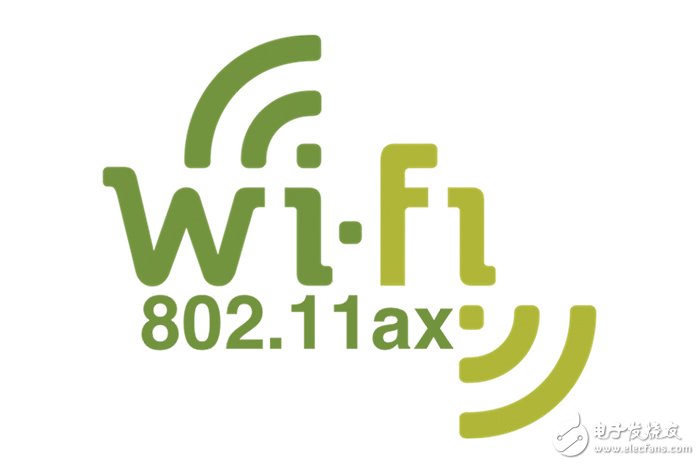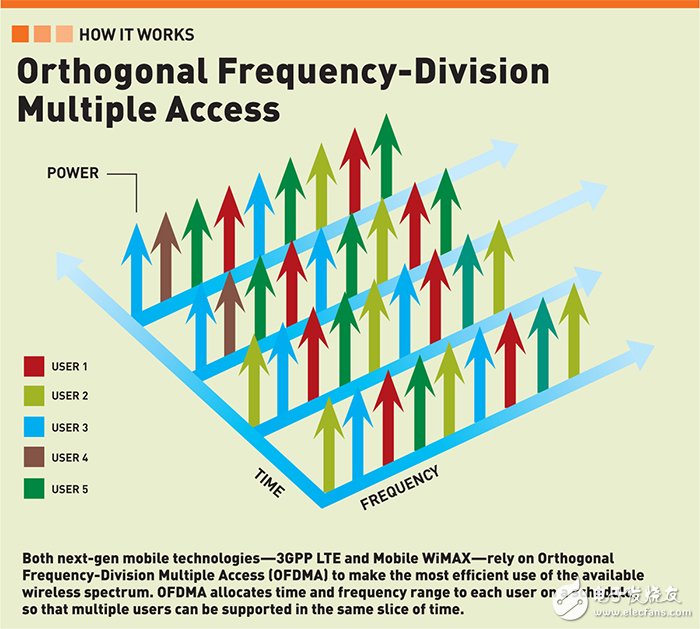The IEEE 802.11 protocol is the general technical standard for today's wireless local area networks. Since its inception in 1997, it has developed more than 35 amendments, supplements and derivative versions. 802.11a/b/g/n/ac, which has entered the field of civil routing, is among the developments. Have more mature 5 versions. However, when this 802.11n has not been fully delisted and 802.11ac still needs to be further popularized, the IEEE 802.11 protocol has been updated again. This time, we are meeting the IEEE 802.11ax standard.

The IEEE 802.11ax standard is the latest revision of the 802.11 protocol. Unlike the complementary and derivative versions of 802.11ad and 802.11ah, 802.11ax is a follow-up development standard, which means it is likely to be commercialized. Compared with the 802.11ac standard, 802.11ax can be said to be the inheritance and development version of the former. Both use the 5GHz band and support MU-MIMO technology. However, in the 802.11ac standard, MU-MIMO is an "optional". It is only used on the flagship product of "802.11ac Wave 2"; in the 802.11ax standard, MU-MIMO is "standard" and the first release will provide direct support.

In addition, 802.11ax also has a very important innovation, which is the introduction of OFDMA (Orthogonal Frequency Division MulTIple Access) orthogonal frequency division multiple access technology, which is used in WiMax and LTE, and is known as the core of the next generation wireless network. technology. OFDMA technology can divide a regular channel into several or even dozens of orthogonal subchannels. By superimposing and distributing these subchannels to different users, the efficiency of data transmission is greatly improved.
Compared with the OFDM (Orthogonal Frequency Division MulTIplexing) orthogonal frequency division multiplexing technology used in 802.11ac, OFDMA technology can theoretically increase the data transmission efficiency by 10 times, even considering the interference, loss, and modulation and demodulation rate. Other factors, the efficiency of OFDMA is less than four to five times that of OFDM technology.

If 802.11ac is a Gbps-class network, then 802.11ax is a 10Gbps-class network.
In fact, the primary goal of the 802.11ax standard is to increase the speed of the wireless network to four times that of the 802.11ac standard. Currently, in the 5GHz band and the 80MHz bandwidth, the single-stream theoretical rate of 802.11ac is 433Mbps, and the 802.11ax is calculated accordingly. The single-stream rate under the same conditions is as high as 1733MHz. If combined with 4x4 MU-MIMO technology and 160MHz bandwidth addition, the 802.11ax standard can provide a theoretical rate of 14Gbps, equivalent to 1.75GB/s, directly killing. Now "Gigabit Fiber".

The signal strength of the 5 GHz band network is often inferior to that of the 2.4 GHz band network.
Of course, for wireless networks, speed is an important parameter, but it is not the only important parameter. Network coverage is also very important. IEEE 802.11ax and 802.11ac both use the 5GHz band network, the energy will be weaker in the process of penetrating obstacles, and the "wall-wound" capability is not strong, so the network coverage performance of IEEE 802.11ax is different from that of 802.11ac network. Not big.
Finally, let's see when the 802.11ax standard will enter the commercialization phase. The 802.11ac standard began to enter the development phase in 2008, and it was not until 2011 that the first router product was launched, but it really started to be promoted until 2013. In 2014, it began to be popularized, and it has now developed to "802.11ac Wave 2". However, to completely replace 802.11n as the absolute mainstream in the market, it may take a long time.
Before 802.11ac became the absolute mainstream in the market, the 802.11ax standard would not have any strong promotion behavior. In fact, the 802.11ax protocol has not yet been finalized. Some technical details are still being discussed. According to the IEEE Association, the 802.11ax standard may not be finalized until 2019. Some experimental products may be put on the market, but large-scale. The popularity of it is probably another matter after a few years.
Luxry Lift,Home Elevators,Luxry Home Lift,Elevator For Home Use
XI'AN TYPICAL ELEVATOR CO., LTD , https://www.chinaxiantypical.com